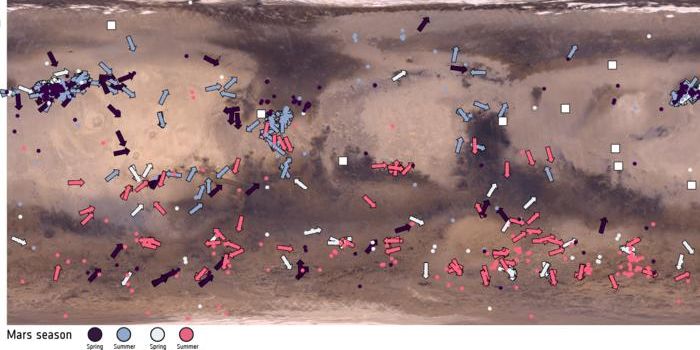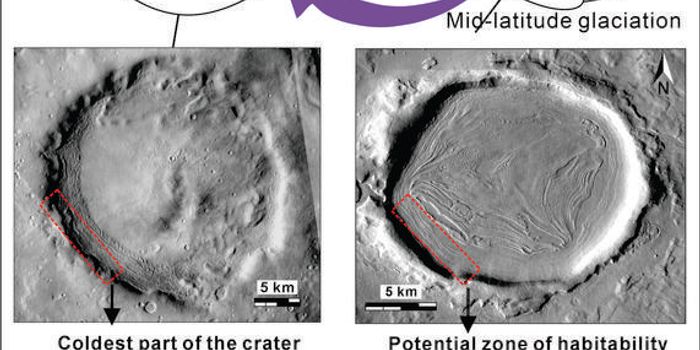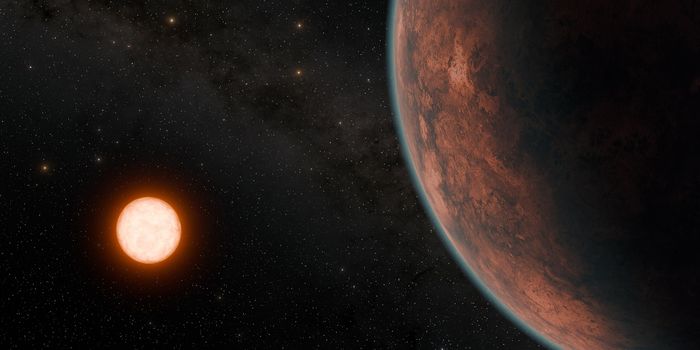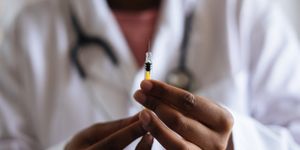The CRISPR Nobel Win from Different Angles
CRISPR-Cas9 was THE buzz word in the world of science after the Nobel Chemistry Prize announcement last week. But depending on where one stands, this most prestigious science award, bestowed upon the biochemist-microbiologist duo Jennifer Doudna and Emmanuelle Charpentier, could mean something different from person to person.
For everyday citizens, the award marks the official entry of the breakthrough DNA-editing technique into the public domain. It is based on the molecular defense mechanism native to bacteria and archaea. First discovered by Japanese researchers back in 1987, the CRISPR sequence, or Clustered Regularly Interspaced Short Palindromic Repeats, allows bacteria to precisely recognize and cut out viral sequences in their DNAs, which belong to a prior invader. It works hands-in-hands with a specialized enzyme - CRISPR-associated proteins (Cas), including one called Cas9.
The CRISPR-Cas9 system is relatively easy to apply, besides being effective and precise. By modifying the genome of animals, plants, and microorganisms using this biotechnology tool, scientists worldwide have already made significant progress in microbiology, medicine, and agriculture.
However, for those aware of the battle for rights to the most precise genome-editing technique ever, Doudna and Charpentier's win indicates that the Nobel committee, or the scientific community as a whole, tipped their hats to the female pioneers who came up with the tool in the first place.
While there's no doubt that Doudna and Charpentier and their crew conducted the earliest and most significant work in characterizing the CRISPR-Cas9 system in prokaryotic cells, several heavyweights in the biotech community have also made vital contributions to the revolutionary tool, such as Feng Zhang at the Broad Institute, George Church at Harvard Medical School, and Virginijus Siksnys at Vilnius University in Lithuania. As a result, the legal battle to claim the right to CRISPR-Cas9 adds a layer of complication to Doudna and Charpentier's Nobel win.
Source: C&EN via Youtube








